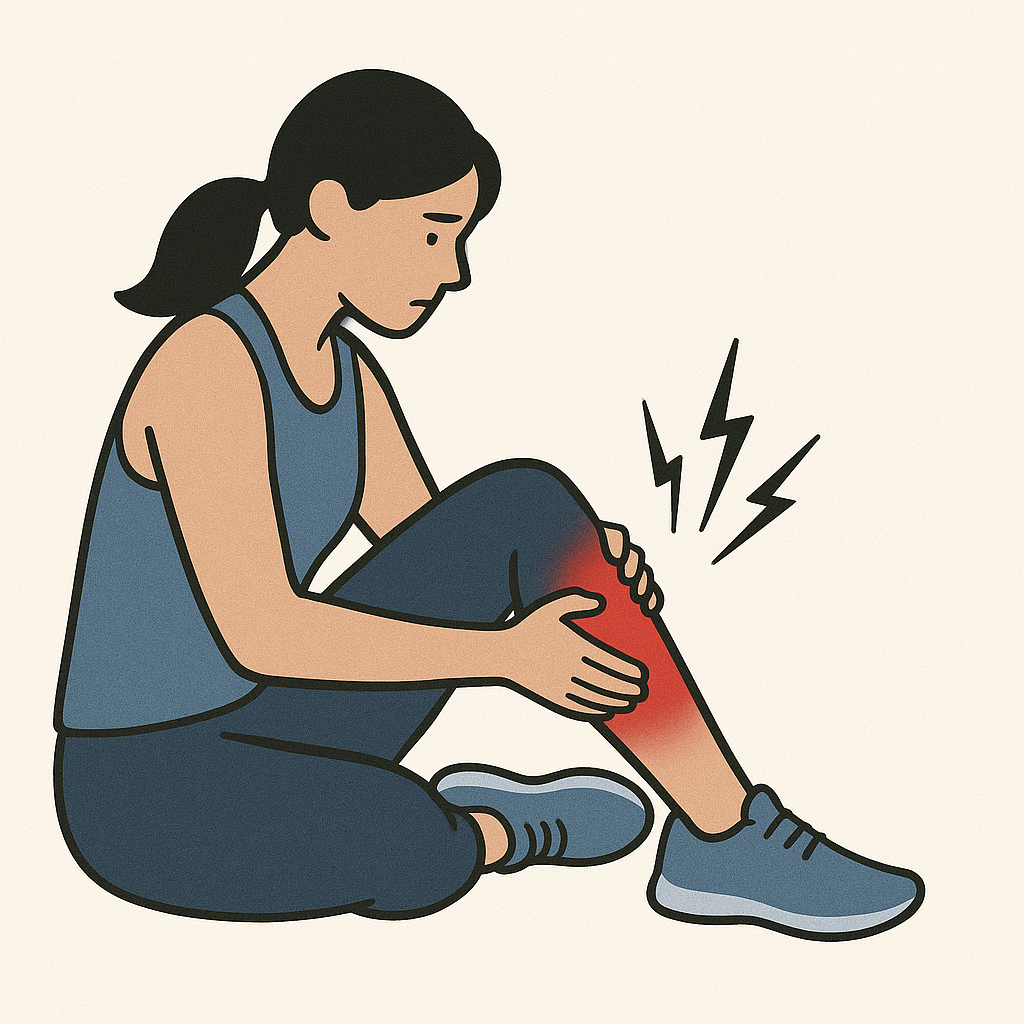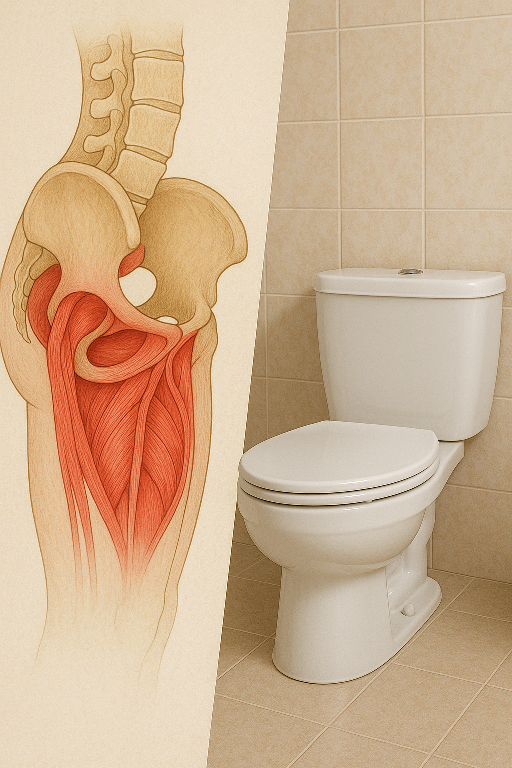
Running on a Treadmill vs. Running Outdoors: What You Should Know
Running is one of the most accessible forms of exercise. Whether you prefer lacing up your shoes for an outdoor jog or hitting the treadmill at the gym, both options offer great cardiovascular benefits. But are there meaningful differences between the two? Research shows that while they are more alike than many people assume, there are subtle distinctions worth knowing.
What the Research Says
A 2019 systematic review and meta-analysis examined treadmill running compared to overground running. The results revealed that the two styles of running share more similarities than differences in terms of biomechanics. That means, for most people, transitioning between the treadmill and outdoor running won’t dramatically change how their body moves.
Still, a few small differences stood out:
Foot strike angle: Runners tend to land with a slightly flatter foot on a treadmill.
Knee position: There is typically more knee flexion when the foot makes contact indoors.
Ground contact time: Treadmill running often leads to slightly longer time spent on the ground.
Why Do These Differences Happen?
Several factors may contribute to these variations:
Surface stiffness – A treadmill belt absorbs impact differently compared to asphalt or concrete.
Air resistance – Outdoor running involves natural wind resistance, while treadmill running does not.
Machine mechanics – Inconsistent motor power or minor fluctuations in belt speed can subtly influence running form.
What This Means for Runners
The differences between treadmill and outdoor running are not inherently harmful, but they can influence training outcomes, especially for athletes or those logging many miles in one environment.
Performance training: Outdoor runners may benefit from incorporating both surfaces to prepare for real-world conditions like wind and uneven terrain.
Injury prevention: Being aware of increased ground contact time on treadmills can help runners adjust stride length, cadence, or recovery practices.
Convenience and consistency: Treadmills provide a controlled environment—ideal for interval training or running when weather and safety are concerns.
Finding the Right Balance
Both treadmill and outdoor running have unique advantages:
Treadmill benefits: Controlled pace, softer surface, climate control, and safety for beginners.
Outdoor benefits: Varied terrain, natural resistance, mental stimulation, and real-world training for races.
Ultimately, the “best” option depends on your fitness goals, training style, and personal preference. Incorporating both can provide a well-rounded approach that keeps your running routine effective and enjoyable.
Pro Tips for Smarter Running
✅ Use incline on the treadmill – Setting the incline to around 1% can mimic outdoor conditions and reduce the difference in effort.
✅ Mix your training surfaces – Alternate between treadmill and outdoor runs to prepare your body for different demands.
✅ Pay attention to form – Keep your stride natural, avoid overstriding, and maintain good posture, no matter the surface.
✅ Listen to your body – If you feel unusual discomfort or fatigue, adjust your pace, surface, or recovery time.
✅ Stay hydrated and safe – Treadmills offer climate control, but outdoor runs may expose you to heat, cold, or uneven terrain. Plan accordingly.
Key Takeaway
Whether you choose the treadmill or the open road, you’re still reaping the cardiovascular, muscular, and mental health benefits of running. Understanding the subtle differences simply helps you tailor your workouts and set realistic expectations for how your body responds.
Reference: https://link.springer.com/article/10.1007/s40279-019-01237-z







